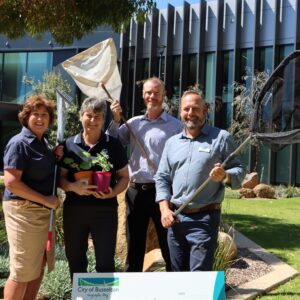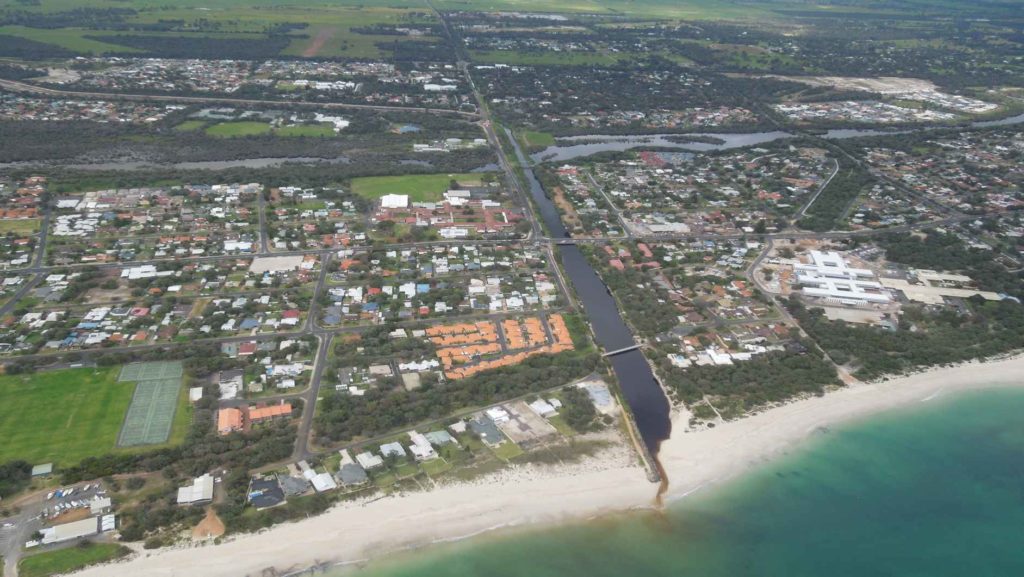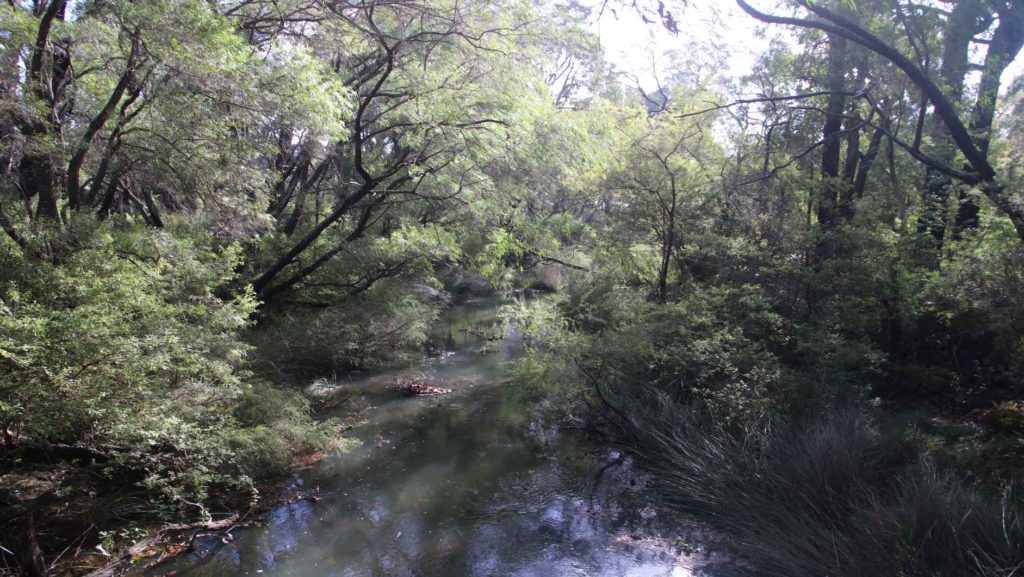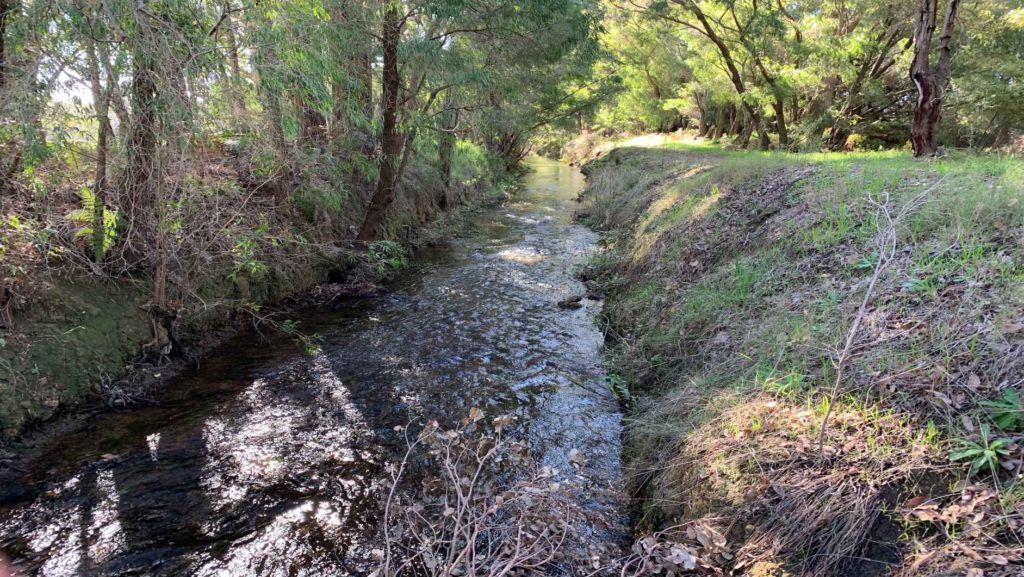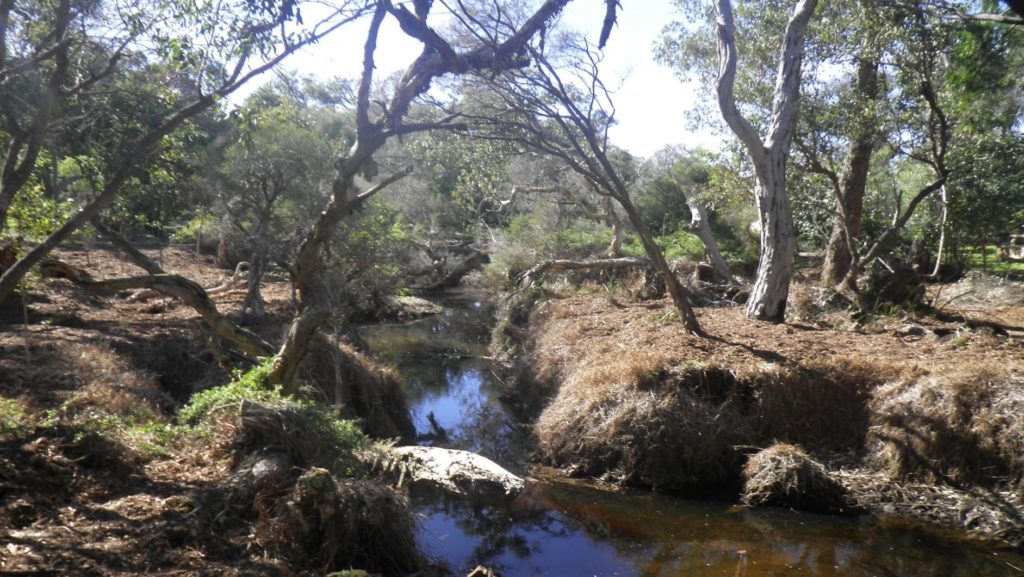The snake-neck turtle is a unique and vulnerable species that inhabits freshwater wetlands and streams around the South West, and GeoCatch is looking to recruit members of the public to become “Turtle Trackers”.
The Citizen Science project offers an opportunity for all members of the community to contribute to the knowledge of the southwestern snake-neck turtle through interactive field trips, workshops, and monitoring of numbers in the wild. GeoCatch has been shortlisted in the City of Busselton’s ‘You Choose’ funding program to deliver the Murdoch University project tracking the turtles during the upcoming nesting period.
GeoCatch project officer Shannon Clohessy explains the importance of understanding more about these unique hard-shelled creatures. “These turtles are beautiful creatures that have a long neck that retracts sideways into their shells. Their homes are being threatened by clearing and catchment destruction, foxes, and other predators.
“At the moment, we don’t know the exact numbers remaining in the wild, so this project is vital to understanding the populations that remain,” said Shannon.
Harry Butler Institute’s Aquatic Ecologist Dr Stephen Beatty, from Murdoch University, said although good progress has been made protecting the species, there is still a long way to go.
“While we’re on track to achieving goals in project wetlands, there are still many wetlands not being protected.
“We now need to expand the project across the entire range of this species if we’re to prevent local extinctions. We are calling on all local governments across the south-west of WA to join the SOSNT program, so we can expand our efforts to engage and train more members of the community in tracking and protecting this remarkable species,” he said.
GeoCatch is asking readers to help save our snake-neck turtles by voting for this project in ‘You Choose’. The voting link and details of another of GeoCatch’s innovative projects ‘FireWise Garden Demonstration’ can be found at https://yoursay.busselton.wa.gov.au/you-choose










